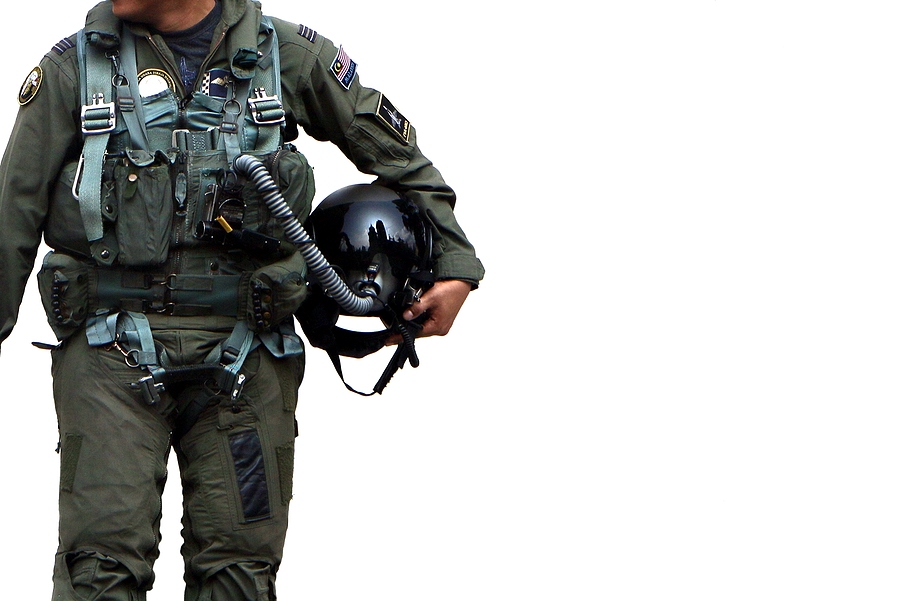It took how long?
PTSD and Flying – 506 days. This is how long it took Jason* to get his medical after he went to the AME for his initial FAA medical certification. Jason had dreamed of flying since childhood.
He started flight lessons in late 2021 and knew that he would need his medical before being able to solo. What he didn’t know was just how difficult the process would be for him.
This Success Story will cover Jason’s journey to medical certification including errors in his initial assumptions, the FAA process for certifying people with significant past mental health disorders, and the reason for the lengthy duration of his application.
PTSD Decision Tool for the AME
Over the last few years the FAA has been creating decision tools for the AME to be able to certify some pilots with a history of psychiatric conditions provided they were both minor enough about symptoms and far enough in the past.
We have highlighted some of what a pilot with PTSD needs to qualify for a medical certificate before. If your symptoms were minor enough and you are more than two years removed from any symptoms or treatment, then your history of PTSD should not disrupt the medical certification process.
Jason was not aware of the FAA’s decision tool for PTSD or the criteria it uses. Even if that was not the case, he did not meet the criteria. His symptoms were severe and they were recent.
Not only that, Jason walked into his FAA medical exam unprepared. As a result, that flight physical started a 506-day wait to see if he would be able to continue his dream. This was not a place he expected to be and it is a place the rest of us would like to avoid.
A history of trauma
Jason did not grow up in the best environment. His family members were emotionally and physically abusive and he had to be removed from his home to protect him from his family.
His relationships with family members completely changed from that moment on. Some he never spoke to again while some he kept in touch with only sparingly. That added a sense of abandonment and loss to the abuse he had already suffered.
Eventually, Jason found his way into the military and started a successful career, but that did not end his exposure to trauma. At one point Jason found one of his subordinates hanging dead in their room from suicide.
Not only that, his position took repeated mortar fire during one of his combat deployments to Afghanistan. Never having fully processed his childhood trauma, these events stacked on top of one another to the point where Jason even considered his suicide.
Jason saw a series of therapists off and on. He even attempted trials of different psychotropic medications, but none of them was working well enough. His symptoms were more than his therapy was capable of handling. Luckily, Jason and his treatment team did not give up.
Research therapy program
A former Navy psychologist was working at Midwest University and they were running a research project using an immersive treatment program for PTSD. Jason spent two weeks on location doing intensive cognitive processing therapy and came out a changed man.
His time at the university helped him process his childhood trauma and see how it had been impacting the rest of his life. The skills he learned let him get past the other events he experienced in the military as well. Jason was finally happy and confident.
With the support of his wife, he was ready to start flight training and pursue his life-long dream. Unfortunately, his fight to get his medical certificate had not even started.
Pilots have a greater responsibility
Being allowed to operate aircraft carries a greater responsibility than simply being a member of society. 9/11 showed us that airplanes can be used as devastating weapons of mass destruction.
The murder/suicide of Andreas Lubitz on Germanwings Flight 4U 9525 also showed us the number of lives that can be lost if a pilot with a significant and active mental health disorder is allowed to continue flying. While Basic Med may limit the size of aircraft you can fly, John Travolta has shown that you can fly any size airplane with a third-class medical.
Just like you can’t fly with a broken leg, you can’t fly with symptomatic mental health issues. But unlike the broken leg, it is hard to demonstrate recovery from mental health issues. It takes the right professionals and solid documentation.
The path to success
Jason showed up to his FAA exam with nothing to document the resolution of his symptoms. Because he didn’t meet the criteria of the PTSD Decision Tool for the AME his exam was deferred.
The FAA still communicates with pilots via the US Postal Service. It took almost three months for Jason to receive a letter asking for a current detailed clinical progress note.
This note introduced the FAA to the severity of his past condition, but it lacked the level of detail the FAA wanted for his historical symptoms. The time it took to have this evaluation done, submitted, and reviewed by the FAA was another 2-3 months.
When the FAA responded to Jason again it seemed like they were asking the same thing. That was when we got involved. While it seemed like the same thing, there was a difference that is difficult to understand without professional training.
We helped Jason get to the right physician who had a full understanding of what the FAA was asking for. The psychiatrist that Jason ended up seeing performed a complete review of his entire available mental health history followed by an independent evaluation of his current status.
We also helped Jason compile his mental health records without adding volumes of extraneous information. Every extra page that doesn’t contribute relevant information is wasted time.
Records from Jason’s stay at the university research program were not in his files, but they were going to be critical in his medical certification. Being a research program they did not maintain the same level of medical documentation that is normal for treatment programs.
We contacted the program and explained what was needed and they helped generate the necessary documentation.
Processing and review time
By the time all of this was completed and ready to submit to the FAA it had been eight months since his exam. It still took another ten months in review by the FAA before Jason received a decision. Why?
There are several reasons for the overall timeline. Any time the FAA has a question it takes at least three months. This means that any time the FAA receives new information that generates additional questions there is going to be a delay.
Jason had significant symptoms in his past which required a large amount of files to be reviewed as part of his application. The FAA is facing an unprecedented number of medical applications from pilots with mental health conditions.
The FAA has a limited number of psychiatrists and they all have a large backlog of cases. But in the end, Jason’s final submission contained everything the FAA needed to provide a favorable decision.
Lessons learned from Jason’s case
Jason’s experience highlights several important points about preparing for your FAA flight physical:
- Be medically and mentally fit to fly at the time of your exam – if you aren’t then you won’t be able to fly
- Be prepared before the FAA exam with the AME – anything less will cost time
- Provide what is necessary without excess – extra documentation causes further delay
Jason assumed that because he was doing well at the time of his exam he would not have any issues. Had he known how to prepare for the exam like a check ride, he likely would have been certified within a year.
Unfortunately for many pilots, even with initiative and the best of intentions, there are very few resources that can help them prepare for a complex medical certification.
Many AMEs do not know the process well themselves! Helping pilots with complex medical issues to achieve FAA medical certification with confidence is what sets Wingman Med apart.
Also see: How high should you fly with oxygen
*Name changed to preserve anonymity.
Follow us on Facebook.com/wingmanmed





